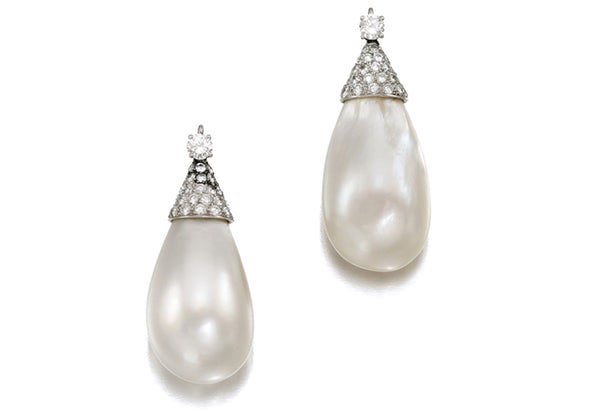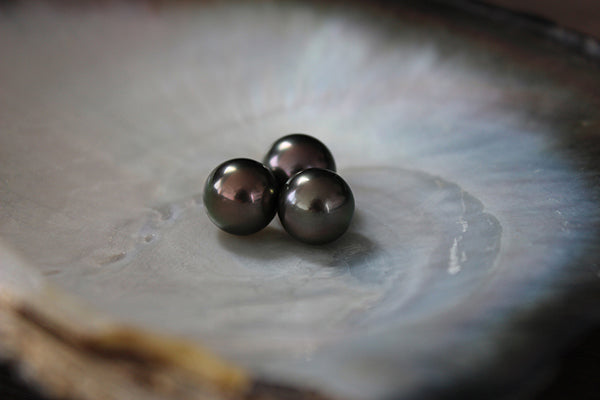Natural vs. Cultured Pearls
As Gina Lollobrigida’s pearl and diamond earrings fetched a record price of £1.6m at auction in May 2013, once again the world was swept off its feet by the astonishing beauty of natural pearls. So what are the differences in value and appearance between cultured and natural pearls?

To answer this question, it’s important to understand how this organic gem is formed. Both cultured and natural pearls are produced by pearl-bearing oysters either in fresh or salt water. When an external irritant, such as a grain of sand or a parasite enters into an oyster, the animal protects itself by releasing a soothing substance called nacre, to coat the intruder. A natural pearl is eventually created by this defence mechanism of the oyster. While many oysters have the ability to produce pearls inside them, it is very rare to find one that is large, lustrous, and properly shaped. The much more difficult part is to find those gems that are perfectly matched in terms of colour, lustre, shape, size, and surface quality.
Cultured pearls, on the other hand, are formed with human assistance. Farmers insert a bead or a small tissue piece as the irritant to encourage the growth of a pearl.
Because of this distinction, natural pearls usually command a much higher price than the ones that are cultured. They are often found in museums, like the pearls you see in the Crown Jewels. A natural pearl of equal size and quality can be a hundred times more expensive due to its rareness. It’s important to note that nearly all the pearl jewellery seen on today’s market is made out of cultured pearls, regardless of whether they are freshwater, Akoya, Tahitian, or South Sea.

Another interesting difference between the two lies in nacre thickness. Natural pearls usually have thicker nacre. As a rule of thumb, any pearls (both cultured and natural) that have thick nacre will last a lot longer than those with thin one. In the case of saltwater variety such as Akoya, South Sea and Tahitian, a blinking test can be easily carried out to detect the thickness of their nacre.
So should you buy cultured or natural pearls? Well, the answer depends on your budget and the quality you're looking for. In most cases, you'll find cultured pearl jewellery offered by your jewellers due to the fact that fine quality natural pearls are simply not commercially viable and they are usually exhibited in museums. Ultimately, a pearl’s value depends on the seven value factors defined by GIA (Gemological Institute of America). Find out more on how to judge the quality of a pearl.
image1: Natural Pearl Earrings




